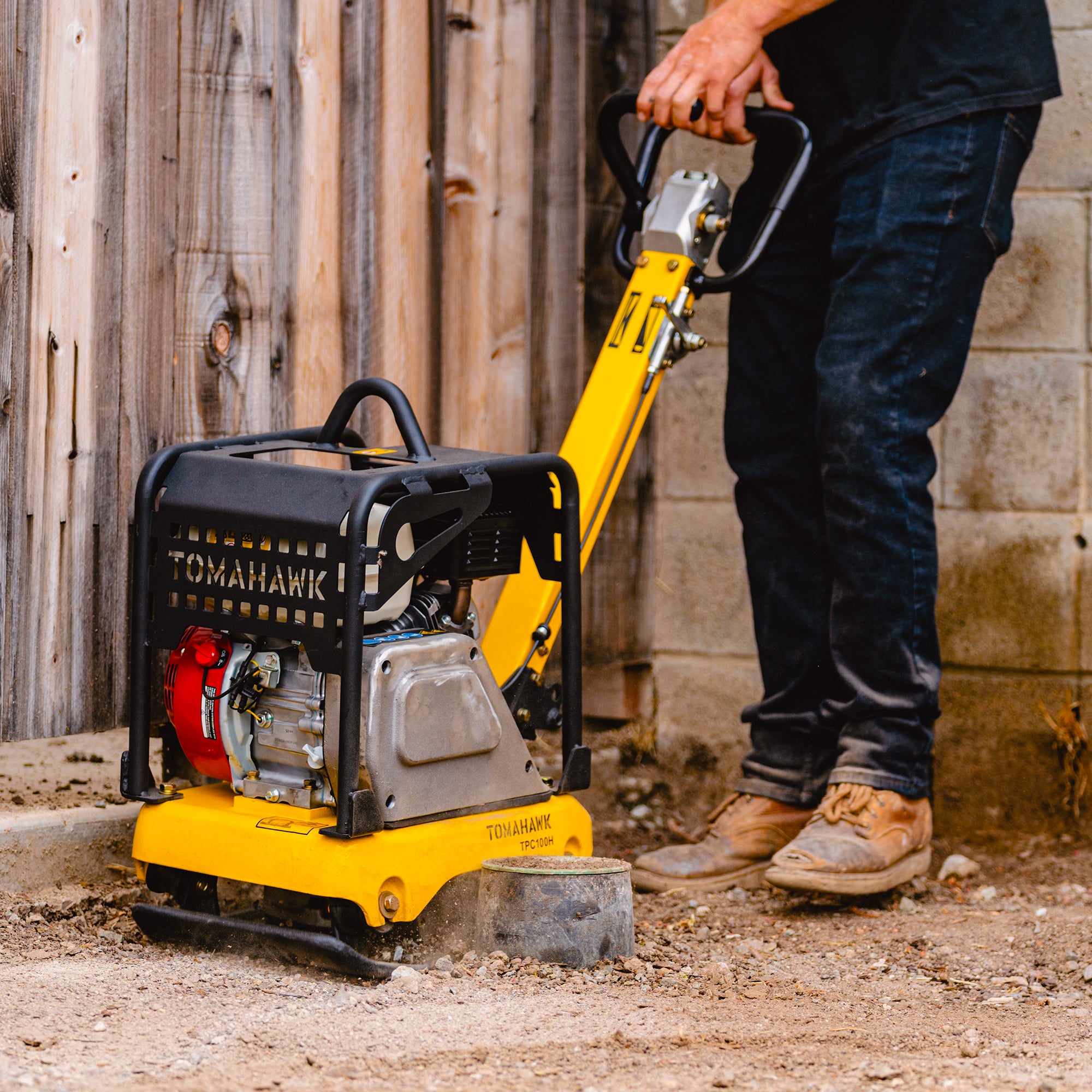In the realm of construction and civil engineering, ensuring the long-term stability of structures is paramount. The foundation on which a building or road is built plays a crucial role in its durability and functionality. To mitigate settling risks and enhance the integrity of structures, plate compaction has emerged as an indispensable technique. This blog explores the significance of plate compaction in reducing settling risks and its pivotal role in achieving long-term stability.
1. Understanding Settling Risks
Settling, also known as subsidence, occurs when the ground beneath a structure shifts or sinks over time. This phenomenon can lead to a host of problems, including cracks in walls, uneven floors, and compromised structural integrity. Settling is often a result of inadequate compaction of soil and other materials during construction.
2. The Role of Plate Compaction
Plate compactors, also referred to as vibratory plate compactors, play a pivotal role in reducing settling risks by ensuring proper compaction of soil, gravel, and other materials. These machines exert force through vibration, compressing the material and eliminating air voids. The resulting dense and uniform material provides a stable base that is less prone to shifting and settling.
3. Achieving Uniform Compaction
One of the key advantages of plate compactors is their ability to achieve uniform compaction across the entire surface. The high-frequency vibrations generated by the compactor evenly distribute compaction energy, eliminating pockets of loose material that could lead to settling. Uniform compaction creates a solid and consistent foundation that supports the weight of the structure above.
4. Preventing Void Formation
Air voids within the soil are a primary cause of settling. When materials are inadequately compacted, voids form, allowing the ground to shift and sink over time. Plate compactors effectively eliminate these voids by densely packing the material, leaving little room for movement. This prevention of void formation is a crucial step in reducing settling risks.
5. Enhancing Load-Bearing Capacity
A well-compacted base has a higher load-bearing capacity, meaning it can support heavier loads without deforming or settling. Plate compactors ensure that the material is tightly packed and capable of withstanding the stresses exerted by structures and heavy traffic. This enhanced load-bearing capacity is a key factor in achieving long-term stability.
6. Long-Term Benefits
The importance of plate compaction extends beyond immediate results. Structures built on a well-compacted foundation experience fewer issues related to settling over time. Reduced settling risks translate to fewer maintenance costs, fewer repairs, and a longer lifespan for the structure. Investing in proper compaction through plate compactors ultimately leads to significant long-term benefits.
7. Versatility in Applications
Plate compactors find application in a variety of construction scenarios, from road construction to building foundations and landscaping. Regardless of the project type, the fundamental goal remains the same: to create a stable base that minimizes the risk of settling and ensures the integrity of the structure.
The importance of plate compaction in mitigating settling risks cannot be overstated. In a field where stability and durability are paramount, plate compactors offer a proactive approach to creating solid foundations. By achieving uniform compaction, eliminating voids, and enhancing load-bearing capacity, these machines contribute to the long-term stability of structures. Investing time and resources in proper compaction through plate compactors sets the stage for construction projects that stand the test of time, free from the challenges posed by settling and subsidence.










